Retrospective of Afghanistan ‘11
 The art of coalition command … in Afghanistan … is to take the resources you are provided with, understand what the strengths and weaknesses are and to employ them to the best overall effect. – David Petraeus
The art of coalition command … in Afghanistan … is to take the resources you are provided with, understand what the strengths and weaknesses are and to employ them to the best overall effect. – David Petraeus
By Patrick S. Baker
In 2015 Vietnam ’65, developed by Johan Nagel and his company, Every Single Soldier, was published by Matrix/Slitherine on the Steam platform and Apple’s App Store. Vietnam’ 65 was an operational-level game that focused on the American and South Vietnamese counter-insurgency (COIN) campaign in the jungles of Southeast Asia. The game received critical praise and sold well.
In March, 2017, Afghanistan ’11 (A’11), published by Matrix/Slitherine, was released on Steam and the App Store. A’11 was developed by Every Single Soldier and Retro Epic and is an operational level game focused on the counter-insurgency in the mountains and valleys of Afghanistan during Operation Enduring Freedom.
A’11 is not a simple re-skinning of Vietnam ‘65, replacing jungles with mountains, the Viet Cong with the Taliban, and Hueys with Blackhawks, instead the game had been markedly improved, and expanded, with much deeper game play. This new depth included multiple historical scenarios as well as the familiar skirmish mode.

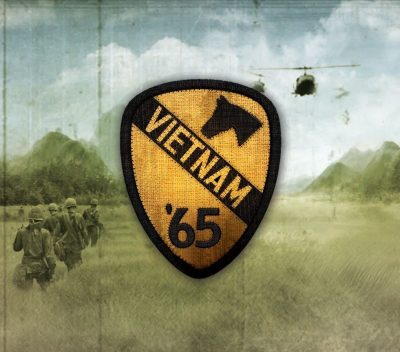 “We are fighting a war with no front lines, since the enemy hides among the people, in the jungles and mountains, and uses covertly border areas of neutral countries. One cannot measure [our] progress by lines on a map.”—General William C. Westmoreland
“We are fighting a war with no front lines, since the enemy hides among the people, in the jungles and mountains, and uses covertly border areas of neutral countries. One cannot measure [our] progress by lines on a map.”—General William C. Westmoreland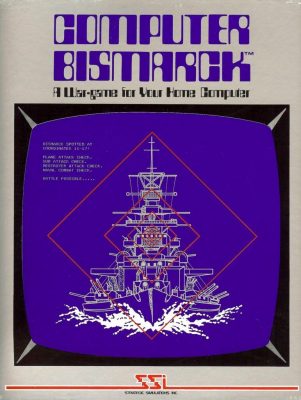 “In May of 1941 the war had just begun, The Germans had the biggest ship that had the biggest guns
“In May of 1941 the war had just begun, The Germans had the biggest ship that had the biggest guns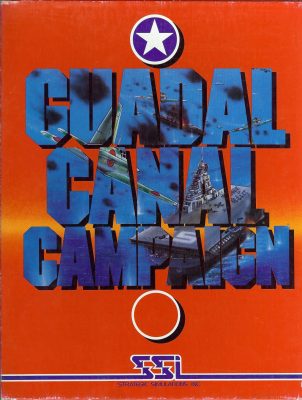 “Before Guadalcanal, the enemy advanced at his pleasure—after Guadalcanal, he retreated at ours.” – Adm. William F. (Bull) Halsey, USN
“Before Guadalcanal, the enemy advanced at his pleasure—after Guadalcanal, he retreated at ours.” – Adm. William F. (Bull) Halsey, USN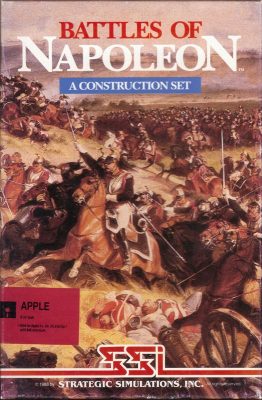 “I used to say of Napoleon that his presence on the field made the difference of forty thousand men.” – Arthur Wellesley, the Duke of Wellington
“I used to say of Napoleon that his presence on the field made the difference of forty thousand men.” – Arthur Wellesley, the Duke of Wellington By Patrick S. Baker
By Patrick S. Baker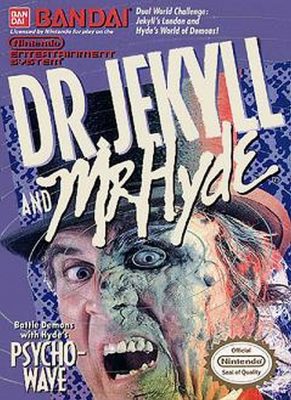 “Flawed on every fundamental level, Dr. Jekyll and Mr. Hyde is possibly the most unplayable garbage available on the Nintendo Entertainment System.” — Game Informer
“Flawed on every fundamental level, Dr. Jekyll and Mr. Hyde is possibly the most unplayable garbage available on the Nintendo Entertainment System.” — Game Informer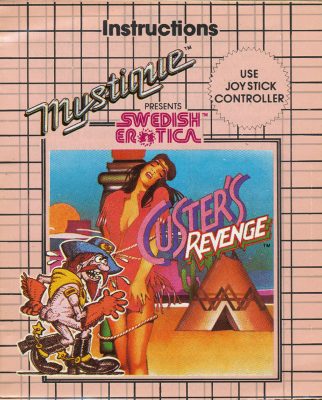 “This game is so bad it makes Superman 64 look like Doom.” — anonymous game reviewer
“This game is so bad it makes Superman 64 look like Doom.” — anonymous game reviewer
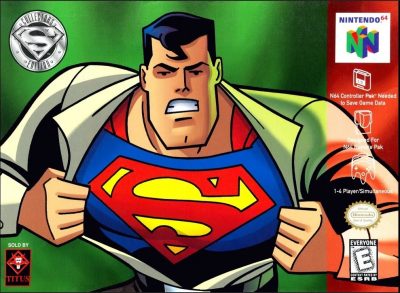 By Patrick S. Baker
By Patrick S. Baker